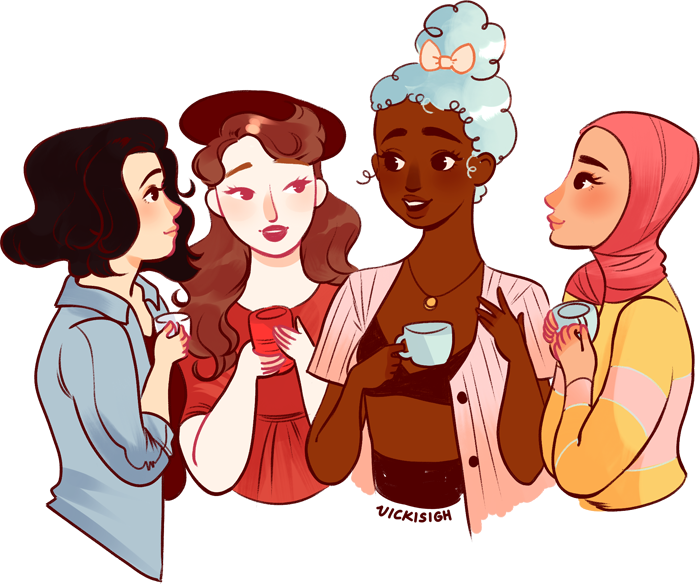
Her Story: Ladies In Literature is a special, month-long series on Pop! Goes The Reader in which we celebrate the literary female role models whose stories have inspired and empowered us since time immemorial. From Harriet M. Welsch to Anne Shirley, Becky Bloomwood to Hermione Granger, Her Story: Ladies In Literature is a series created for women, by women as thirty-three authors answer the question: “Who’s your heroine?” You can find a complete list of the participants and their scheduled guest post dates Here!

About Shannon M. Parker
Shannon M. Parker has spent the last twenty years growing non-profit programs that serve our country’s most vulnerable citizens (and non-citizens): teaching adults how to read; increasing educational access for first-generation college students; protecting after-school offerings; teaching English as a second (or third or fourth) language, and helping marginalized teens earn a non-traditional high school diploma. She has opened her home—and heart—to several children in foster care and believes that small kindnesses can change the world.

Growing up in a home without books set down a hunger in me for life.
I’d known actual hunger as a child, the way she could sink her sharp nails into my midsection and twist. I was aware of that fragile edge my mother teetered on daily, trying to keep her children fed. Out of necessity, my mother created a small farm on which we raised pigs, lambs, chickens. Looking back now, I think my mother must have been overwhelmed by her decision because who was she to run a farm? She was a city girl raised by nuns and the restrictions of her faith. And yet, she used the land to sustain us. What she lacked in money, she made up for in determination. She raised animals in sets of four, charging the cost of feed, care, upkeep and slaughter to three families — an early version of today’s now-trendy farming co-op system. The fourth animal was ours. Food for her children. Throughout my childhood years, and possibly even still today, I don’t believe my mother saw her own strength. She did what she did to survive as a single mother; but she has ever been able to see how her decisions allowed her children to thrive.
Books were not part of our day-to-day; they were exotic and seemed unattainable. Until I started seeking dog-eared paperbacks at garage sales. I was twelve reading The Canterbury Tales on the beach because I didn’t know that there were genres or books written for intended audiences and ages. I first embraced my twisted, warring inner self-love/self-hate as “normal” when I devoured Margaret Atwood’s Cat’s Eye. I stumbled across authors like Alice Walker, Alice Hoffman, Ursula Le Guin. When I was older, I’d seek these authors out. Reading Charlotte Perkins Gilman’s Herland, about a society consisting solely of women, was the first time a book confirmed my personal understanding of how much inner strength women had — and how much social power they were denied — and it changed my life. Teen Me tried to share these novels with my mother but she dismissed the stories with some self-deprecating version of “I’m not smart enough to understand those books.” I remember feeling sad that my mother couldn’t see herself the way I saw her — a resilient, intelligent, independent woman asserting what little control she had in order to protect her family. Like all of us, she had her own specific demons, and hers caused her to devalue her inner voice and made her seek the words and advice of men, often tossed at her with arrogance and assumptions.
I’ve never stopped searching for strong women in books.
A few months ago, I met sixteen-year-old Sorrow in Kali Wallace’s The Memory Trees. Hell, I met the trees in The Memory Trees as Wallace paints all elements of nature as living, breathing, giving characters. Wallace’s novel is sumptuous and spoke to me as a girl, a woman, a mother. In The Memory Trees, generations of strong, independent women have guarded the acres of a small Vermont orchard, made sacred and magical by the sweat and blood of Sorrow’s female ancestors.
This book woke the little girl in me. The one who saw her mother’s earth-caked hands and wanted her to see her strength too. The girl who saw the fear in her mother’s eyes and wanted to tell her that she was enough — more than enough.
The female characters in The Memory Trees are so strong yet often can’t see their emotional or physical strength. Sometimes they can’t find their voice to tell each other how their interconnected love swells their hearts and the soil. Secrets are born and buried on the orchard and they pulse with darkness. They are rich and unforgiving. They are heartbreaking and timeless.
The Memory Trees is one of the most beautiful pieces of literature I have ever savored. It is a generational tale of flawed and enduring women. There are almost no men in the history of Sorrow’s orchard. They existed, of course, but they weren’t the point. Here, within these beautiful pages, men didn’t have a voice and that felt right to me in the way that Gilman or Atwood always made the persistent power of women feel right. The strength of the women in The Memory Trees is as enduring as trees. It is rooted and selfless, strong and unwavering despite storms. Solid. Dependable.
Just like books.
And womanhood.

Title The Rattled Bones
Author Shannon M. Parker
Pages 304 Pages
Intended Target Audience Young Adult
Genre & Keywords
To Be Published August 22nd, 2017 by Simon Pulse
Find It On Goodreads ● Amazon.com ● Chapters ● The Book Depository
Pitched as the YA Stephen King’s Bag Of Bones, S. M. Parker’s The Rattled Bones is a feminist ghost story that examines grief, cultural erasure, and the family ties that bind.
Maine-bred, independent Rilla Brae is no stranger to the deep. She knows the rhythms of hard work and harder seas. But when she experiences the sudden death of her father, the veil between the living and the dead blurs and she begins to be haunted by a girl on a nearby, uninhabited island. The girl floats a song over the waves, and it is as beautiful as it is terrifying. Familiar and distant.
Then Rilla meets Sam, a University of Southern Maine archeology student tasked with excavating the very island where the ghostly girl has appeared. Sam sifts the earth looking for the cultural remains of an island people who were forcibly evicted by the state nearly a hundred years ago. Sam tells Rilla the island has a history no locals talk about – if they know about it at all – due to the shame the events brought to the working waterfront community. All Rilla knows for sure is that the island has always been there – an eerie presence anchored in the stormy sea. Now Sam’s work and the ghostly girl’s song lure Rilla to the island’s shores.
As Rilla helps Sam to unearth the island’s many secrets, Rilla’s visions grow – until the two discover a tragedy kept silent for years. And it’s a tragedy that has everything to do with Rilla’s past.



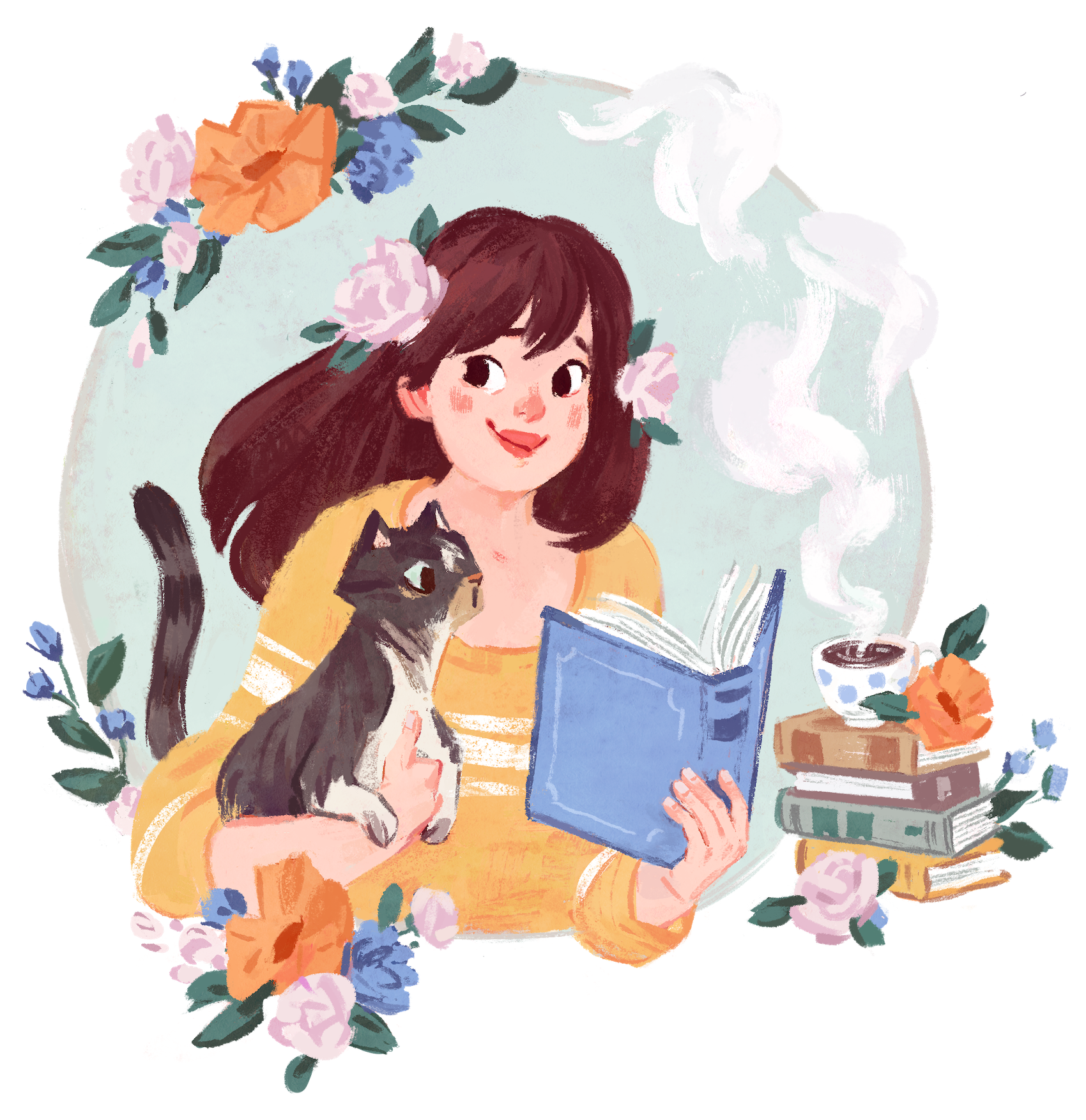


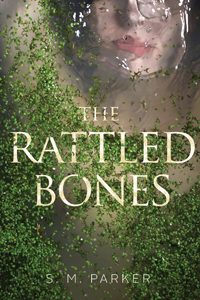


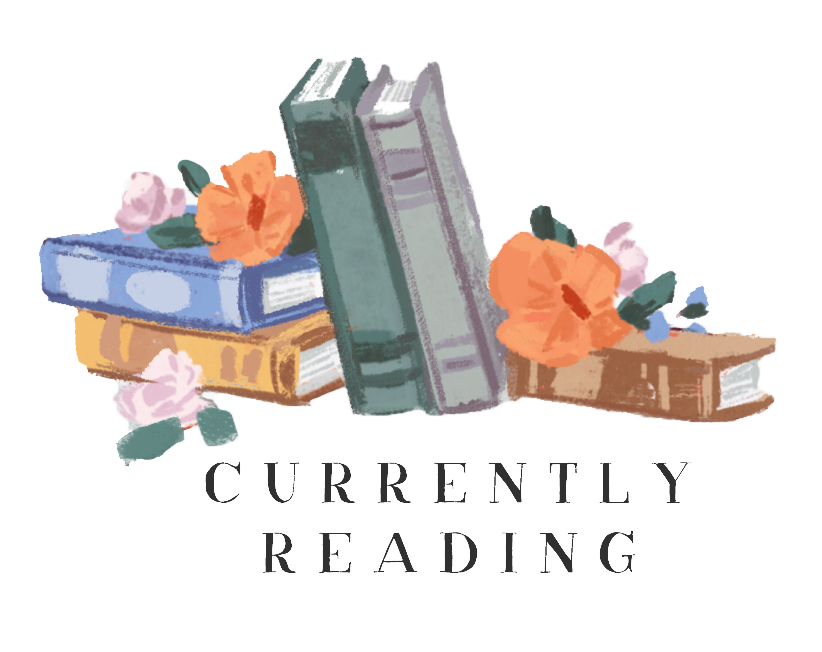
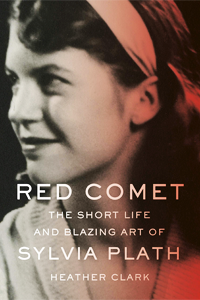


2 Responses
Your mother sounds amazing. How wonderful that you were able to see her strength even when she could not.
I haven’t read The Memory Trees, but your description makes it a must-read.
Allison recently posted…50 Books on My Reading Bucket List
This is a beautiful essay…a moving tribute to your mother and to strong, enduring women everywhere. Thank you for sharing the insight and the experience, and for putting Kali Wallace’s The Memory Trees on my reading list!